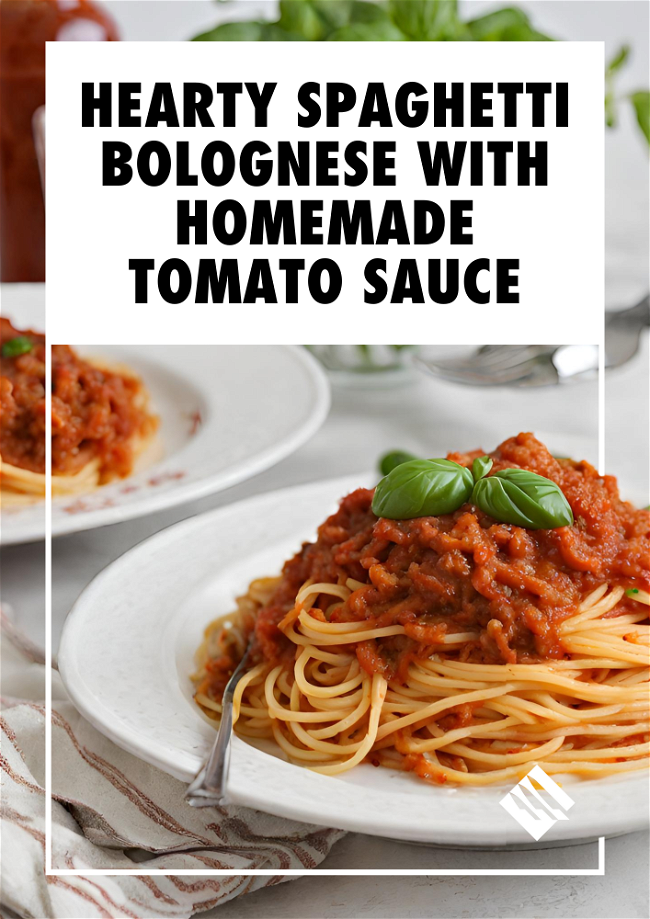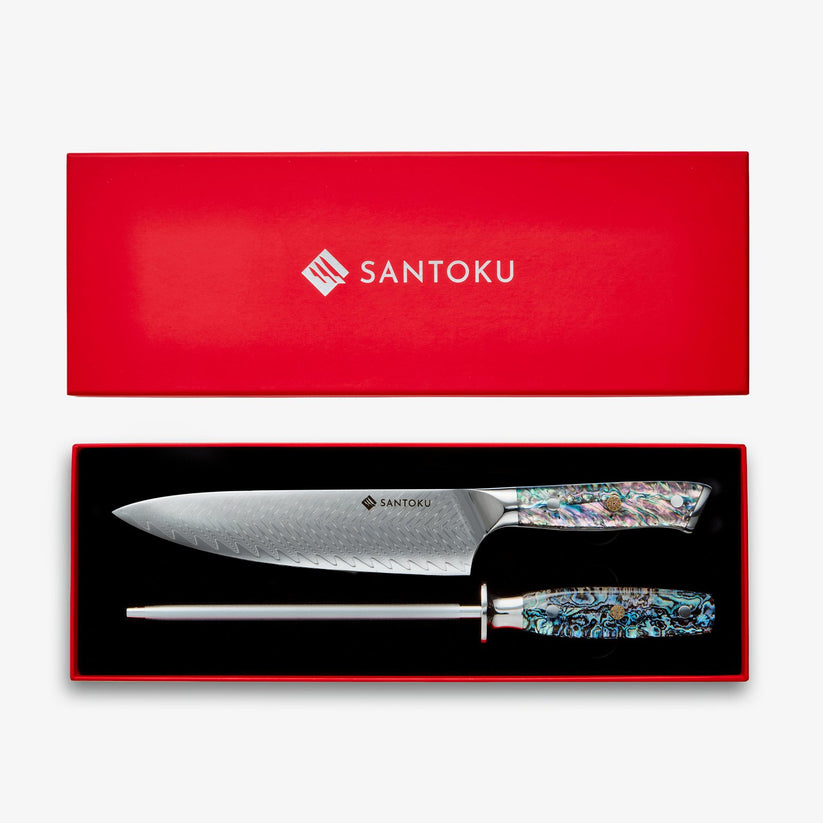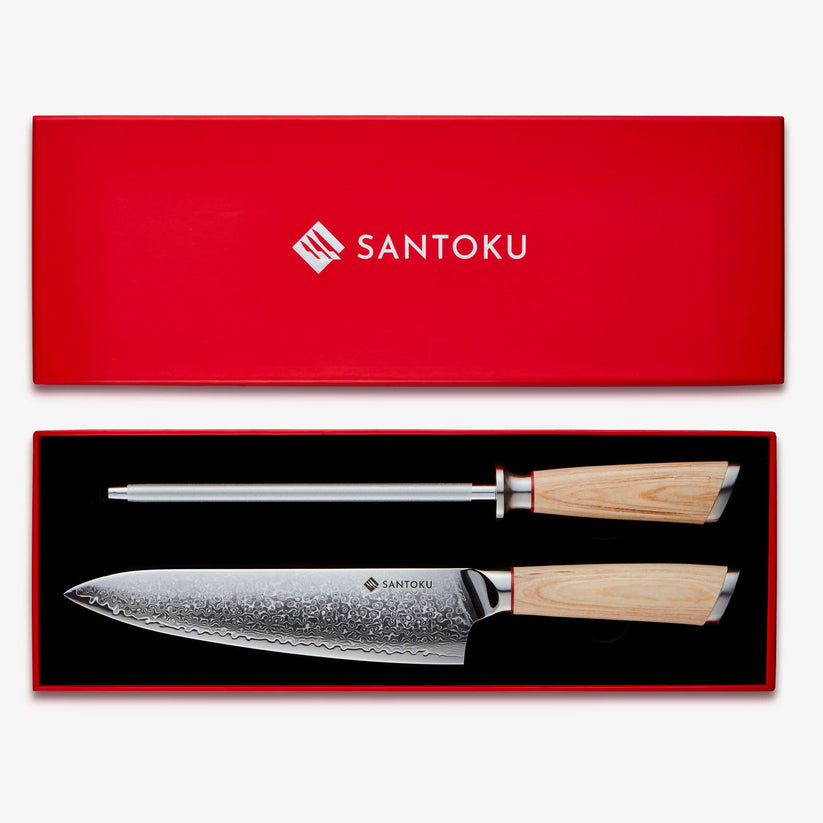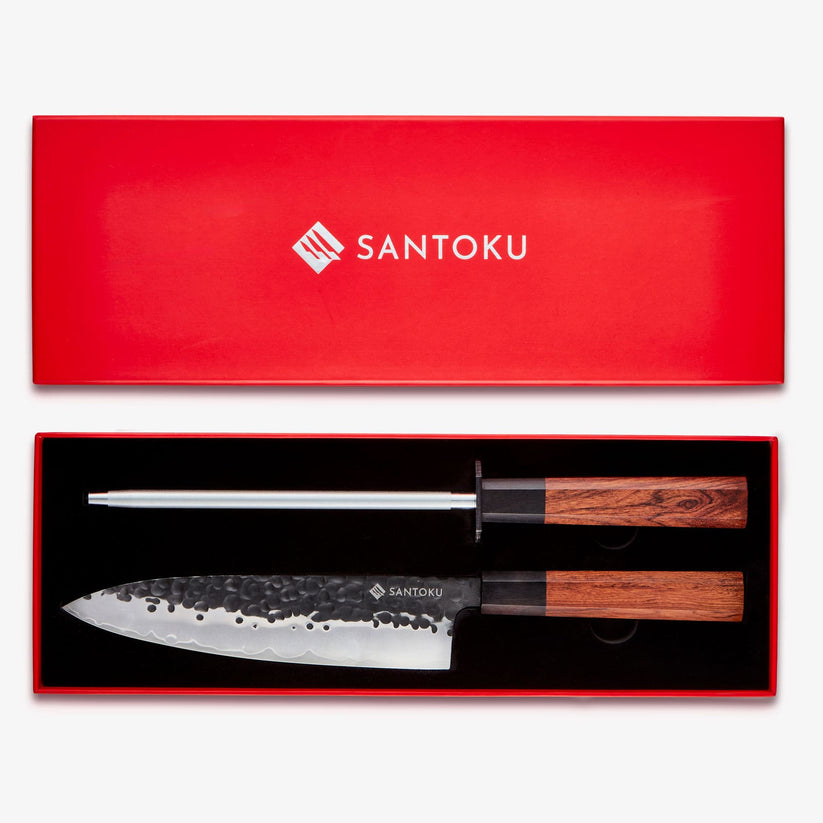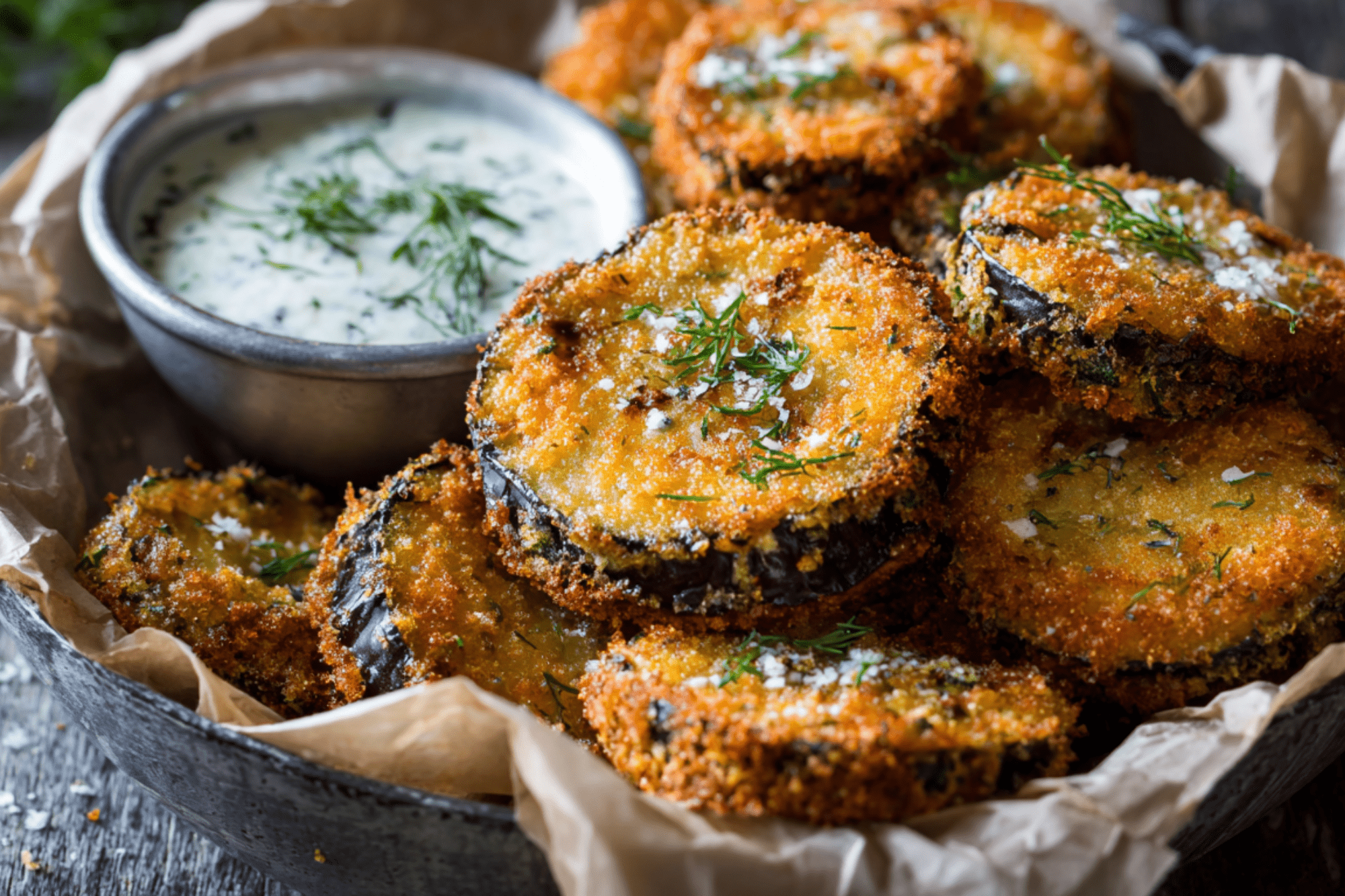
10 Tips to keep in mind when cooking Spaghetti Bolognese
- Use a mix of ground beef and pork for a richer flavor profile.
- Cook the spaghetti just until al dente to prevent it from becoming mushy.
- Don't skimp on the cooking time for the sauce; let it simmer low and slow to develop deep flavors.
- For extra umami, add a splash of red wine to the sauce while simmering.
- Fresh herbs like basil and oregano add a burst of freshness to the dish; don't forget to garnish.
- Grate some fresh Parmesan cheese over the finished dish for added depth and richness.
- Leftover Bolognese sauce freezes well, so make a big batch and store it for future meals.
- If you prefer a smoother sauce, use an immersion blender to blend the tomatoes before adding the meat.
- Adjust the seasoning to taste; everyone's palate is different, so don't be afraid to add more salt and pepper if needed.
- Experiment with different pasta shapes; while spaghetti is traditional, other shapes like penne or rigatoni work well too.
Serve it with suggestions
Spaghetti Bolognese pairs perfectly with a variety of accompaniments to complete your meal:
- Garlic Bread: Serve warm slices of garlic bread on the side to soak up the delicious sauce.
- Green Salad: A crisp green salad with vinaigrette adds a refreshing contrast to the rich pasta.
- Italian Antipasto Platter: Create a spread of cured meats, cheeses, olives, and bread for a taste of Italy before the main course.
- Roasted Vegetables: Roast a medley of vegetables like zucchini, bell peppers, and cherry tomatoes for a colorful and nutritious side dish.
- Red Wine: Pair your meal with a glass of your favorite red wine, such as Chianti or Sangiovese, to enhance the flavors of the dish.
FAQ'S
Q: Can I make Spaghetti Bolognese ahead of time?
A: Yes, Spaghetti Bolognese is a great make-ahead dish. You can prepare the sauce in advance and store it in the refrigerator for up to 3 days or freeze it for longer storage. Cook the spaghetti fresh when ready to serve.
Q: Can I use ground turkey instead of ground beef?
A: Absolutely! Ground turkey is a leaner alternative to ground beef and works well in Bolognese sauce. Just make sure to cook it thoroughly and adjust the seasoning to taste.
Q: Can I add vegetables to the sauce?
A: Yes, adding vegetables like mushrooms, bell peppers, or zucchini to the sauce is a great way to incorporate more nutrients and flavors into the dish. Simply chop them finely and sauté them with the onions and garlic.
Q: Is Spaghetti Bolognese gluten-free?
A: Traditional spaghetti is made from wheat flour and is not gluten-free. However, you can easily make this dish gluten-free by using gluten-free spaghetti or other gluten-free pasta varieties.
Q: How long does leftover Spaghetti Bolognese last in the fridge?
A: Leftover Spaghetti Bolognese can be stored in an airtight container in the refrigerator for up to 3-4 days. Reheat it in the microwave or on the stovetop until heated through before serving.
Q: Can I add cheese to the sauce?
A: While it's not traditional, you can certainly add grated Parmesan or Pecorino cheese to the sauce for extra richness and flavor. Stir it in just before serving or sprinkle it over individual portions.
Q: Can I use canned diced tomatoes instead of crushed tomatoes?
A: Yes, you can substitute canned diced tomatoes for crushed tomatoes in the sauce. Just be aware that diced tomatoes will result in a chunkier texture, so you may want to use an immersion blender to smooth it out if desired.
Q: Can I make Spaghetti Bolognese vegetarian?
A: Yes, you can make a vegetarian version of Spaghetti Bolognese by using meat substitutes like textured vegetable protein (TVP) or lentils in place of the ground beef. You can also bulk up the sauce with extra vegetables for added flavor and texture.
Q: How can I make the sauce thicker?
A: If you prefer a thicker sauce, you can let it simmer uncovered for a longer period of time to allow excess liquid to evaporate. Alternatively, you can stir in a slurry made from cornstarch and water to thicken it up.
Q: Can I add wine to the sauce?
A: Yes, adding wine, such as red wine or white wine, to the sauce is a common technique in Italian cooking. The wine adds depth of flavor and acidity to the sauce. Just be sure to cook off the alcohol before adding the other ingredients.
